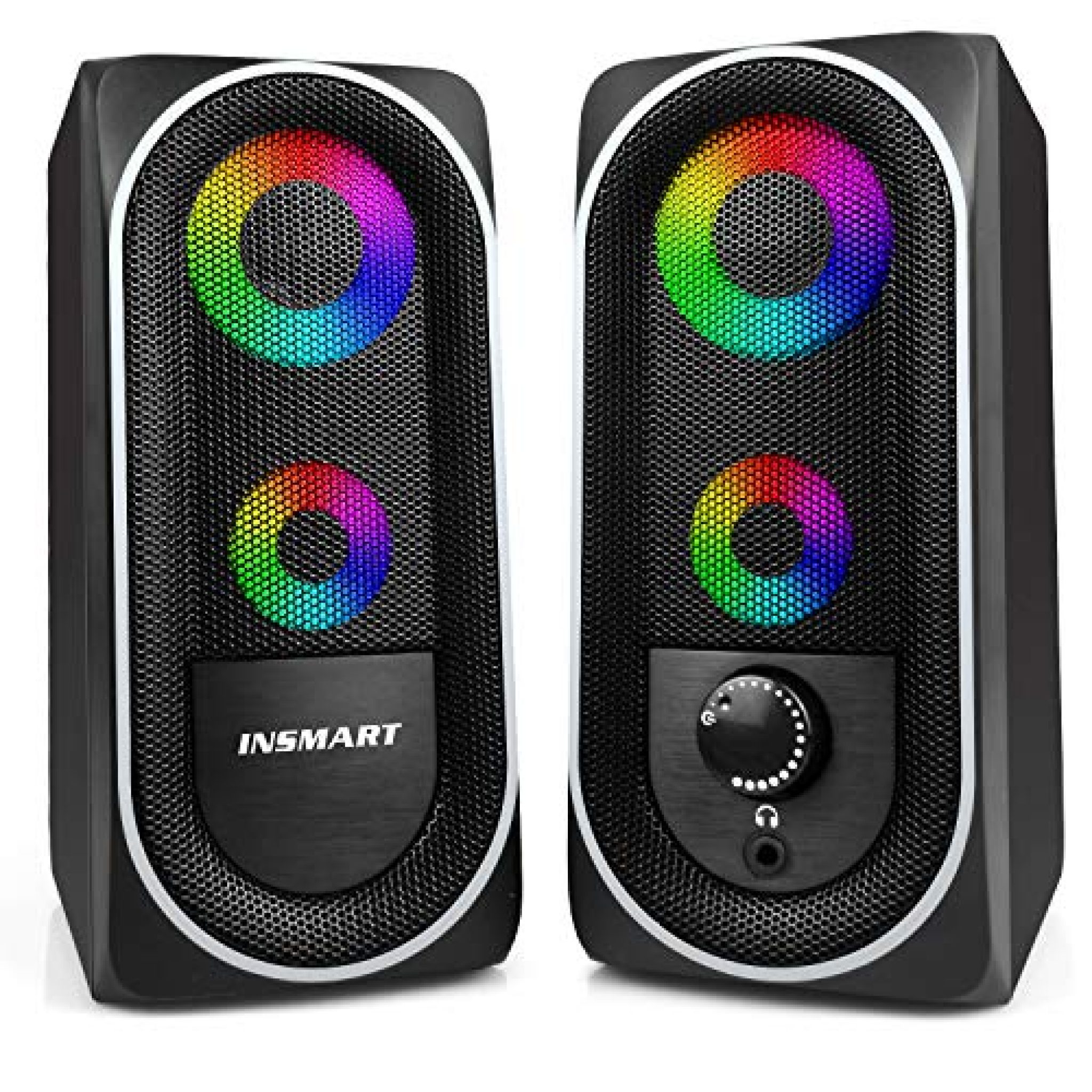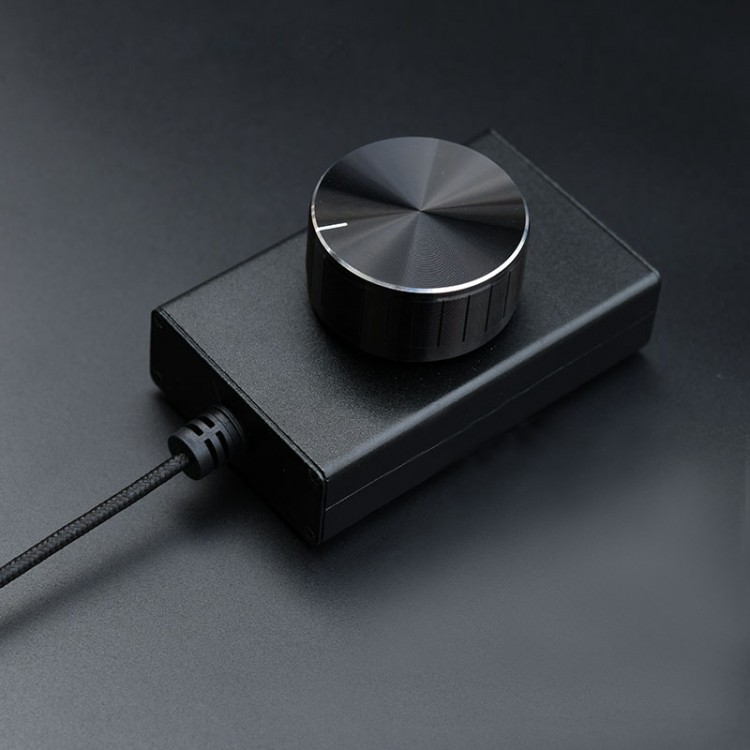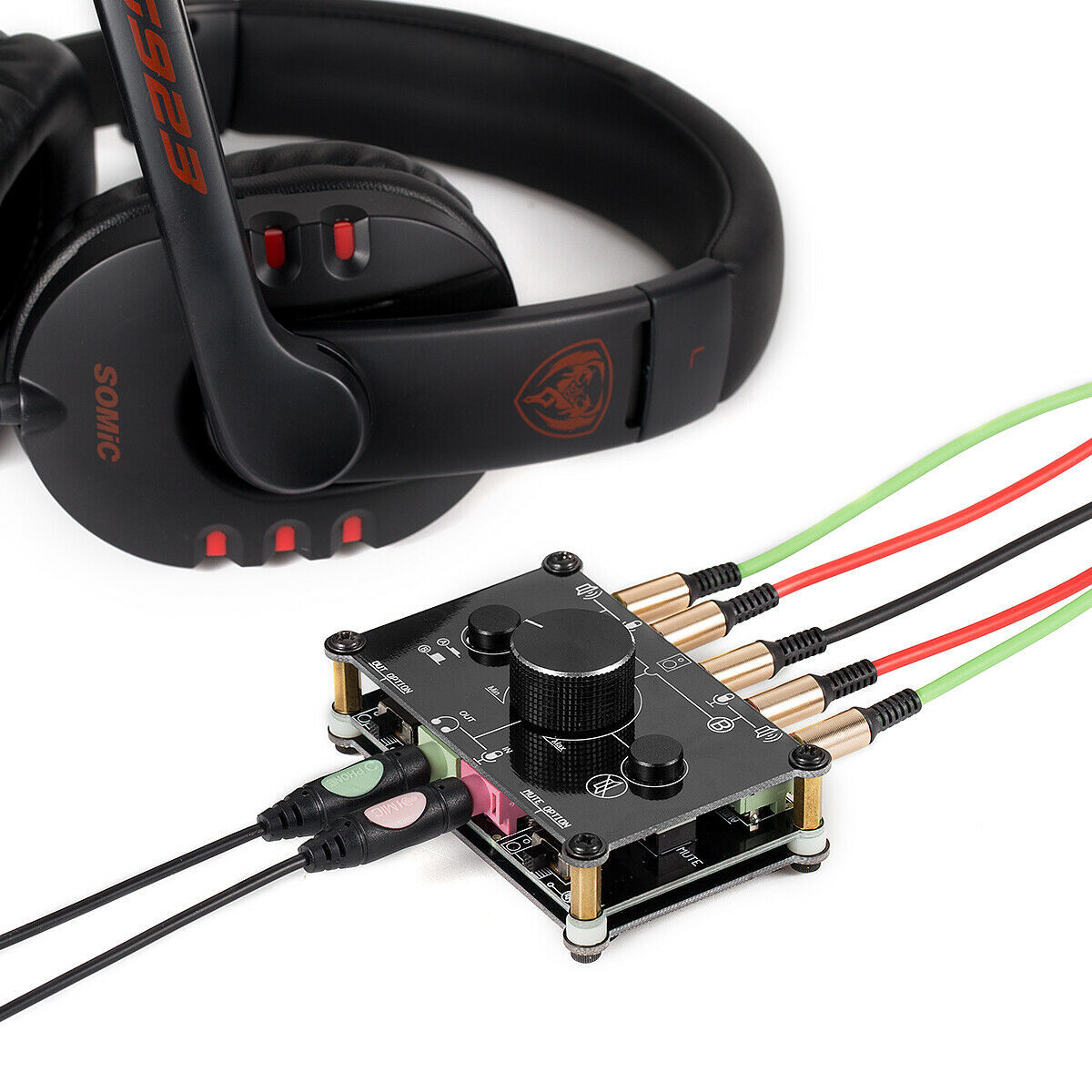
- #Sound control speakers how to
- #Sound control speakers update
- #Sound control speakers driver
- #Sound control speakers free
- #Sound control speakers windows
Do this for all the sound devices you see here. Right-click a sound device and select “Disable device”.Navigate to Sound, Video and Game Controllers option in Device Manager.Once you’ve don that, reboot your PC, then check if the problem has been resolved.Remember to do the same for the other audio devices. Now, right-click on the device again and, this time, select Enable Device from the context menu.Do the same if you have other audio device entries in the menu. Right-click the audio device and click on Disable Device in the context menu.Once the Device Manager opens, locate Sound, Video and Game Controllers, then click on the arrow beside it.After run appears, type “devmgmt.msc” (make sure you don’t add the quotes), and then press the Enter keyboard button.

Pressing the Win keyboard button and R together is another way to launch the Run dialog box.
#Sound control speakers windows
Launch the Run dialog box by right-clicking the Windows logo in the taskbar and selecting Run once the Power User menu appears.The steps below will show you what to do. You just have to run the Device Manager and select a few options.
#Sound control speakers free
Once you’ve performed this action, things will free up and return to normal.
#Sound control speakers driver
The reason this could work is that the driver might be stuck while trying to communicate with the device. However, in this solution, you’re restarting the audio device/driver. Third Fix: Disable and Enable the Audio Device in the Device Manager


#Sound control speakers update

#Sound control speakers how to
If you don’t know how to run the troubleshooter, the steps below will guide you. In certain cases, when it finds a problem, it will notify you and ask for your permission to get rid of the problem. Although the troubleshooter can’t fix every issue that affects the device, it does a pretty good job in resolving common bugs and glitches. It primarily checks for conflicts that are preventing the audio service from running properly and promptly gets rid of them. The troubleshooter is a built-in tool designed to find and resolve problems affecting your audio output. Second Fix: Run the Windows Audio Troubleshooter When you restart your system, these issues will be cleared and, hopefully, the red mark will be gone. In other cases, it could be that the processor can’t get to communicate with the audio adapter driver properly. Some applications that may be using the audio service might have encountered issues, taking your system’s audio with them. Restarting your system can clear a backlog of issues, including those that are affecting your audio device. You must have experienced the magic of reboots before now. There’s plenty that a good old system restart can resolve. Whatever happens to be the cause of the problem, you’ll get rid of it once you apply the right fix. Certain bugs and application conflicts are affecting the sound controller.Your audio driver is outdated or corrupt.Your audio device is faulty or not connected properly.You should know that there are different possible causes of the problem. We understand that this question has been on your mind since you lost sound and found the dreadful mark on your volume icon.


 0 kommentar(er)
0 kommentar(er)
